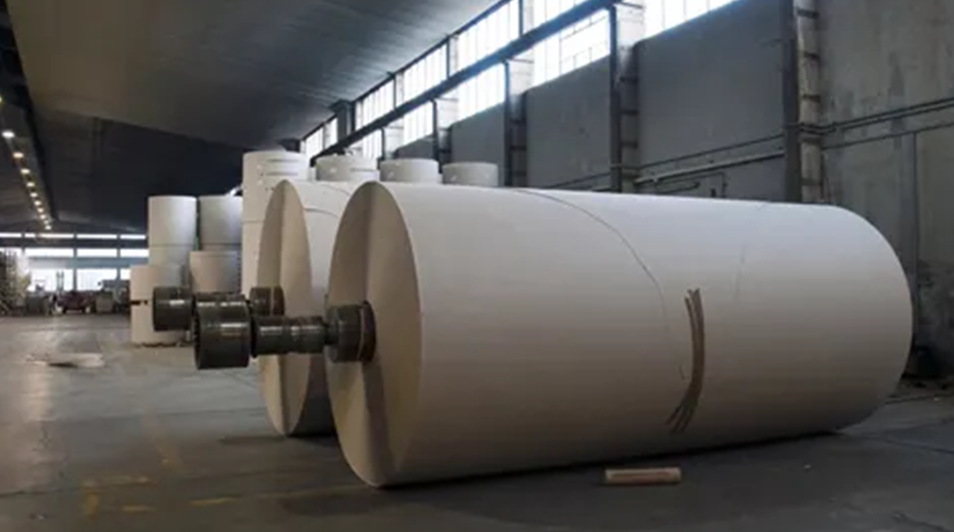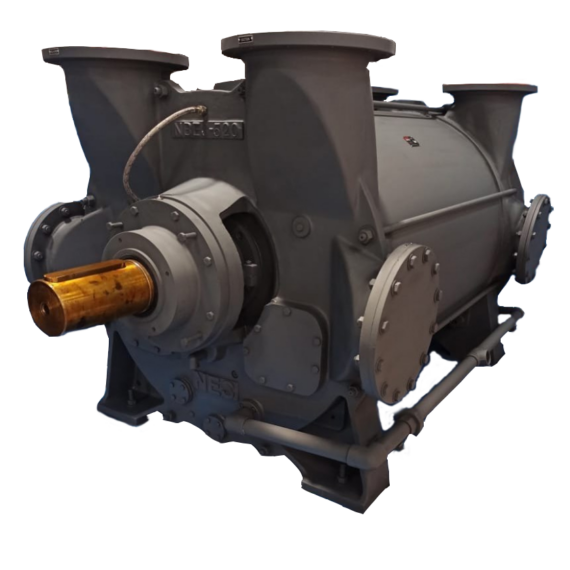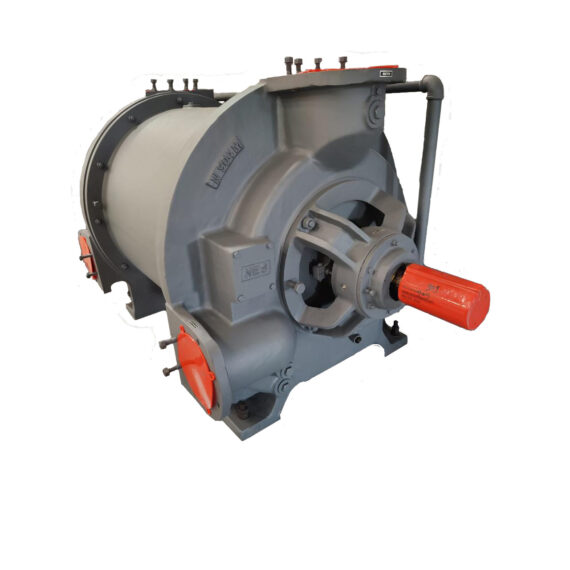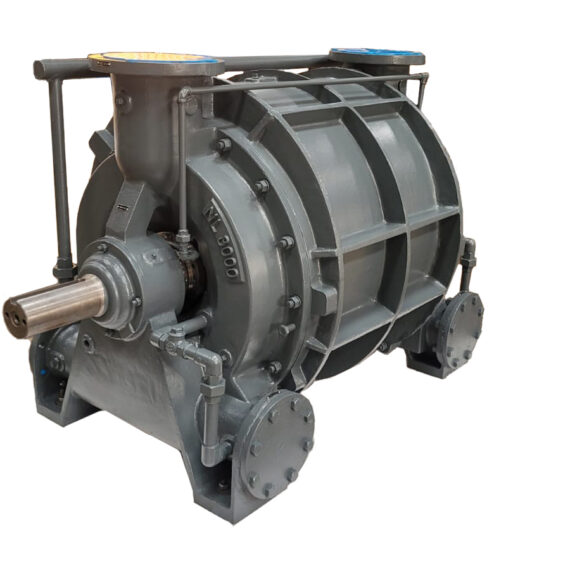
The NES Perspective: From Pulp to Paper
In pulp and paper production, vacuum and pressure shape the sheet by managing moisture with precision. From reclaiming chemicals to drawing water from pulp through mesh and felt, these systems preserve fiber strength, control surface quality, and drive efficiency—ensuring each page is made cleanly, consistently, and sustainably.
Relevant Applications
- Dewatering
- Pulping
View our Products

In the pulp & paper industry, dewatering is the primary focus, greatly factoring into the strength and look of each sheet. Vacuum pump systems are integral to supporting the integrity and sheen of paper products, from the thinnest paper bag to thick arts-and-crafts construction paper.
The black liquor that results from the chemical pulping in the Kraft process contains reaction byproducts and must be drained from the pulp. In doing so, facilities are able to burn the black liquor in a recovery boiler and dissolve the result in water. This is called “green liquor”, and is used in the causticizing process to produce white liquor. White liquor goes back into the digester to pulp the wood chips all over again.
While or after the pulping takes place using either mechanical, chemical, thermal, or some combination methods, the pulp can be bleached to produce the white paper that we are all familiar with. Bleaching is done typically via chemical reaction, like with compressed ozone or other alkaline solution.
Once the pulp stock is ready for the press, it is 99% water. Thus, it is sprayed onto a mesh with vacuum dewatering boxes underneath, greatly decreasing the water content. From there onwards, the papermaking process is mostly dewatering to a specific moisture content; since paper is hygroscopic, it is a waste of energy to over-dry the paper, yet if the paper is too moist, it will not hold together.
After the mesh comes the couch roll, which is a perforated roll with a vacuum source connected to its center. This serves two purposes: further dewatering the pulp and conveying it towards the felt belt area, where lines of felt are stretched across rolls to press and guide the forming paper along the continuous process. The water in the pulp is pressed out, and the felt belts are dried via heating and uhle boxes, which have vacuum installed within them to efficiently dry the belts. Once the paper is dried in this basic way, it is treated depending on the quality of paper product required. Steam drying and calendaring may be applied, especially with office paper and letter paper.
Vacuum and pressure technologies are indispensable for key processes in pulp and paper production. Careful application of these systems improves efficiency and quality while reducing operational expenses and environmental impact, making for a well-oiled and sustainable machine.



